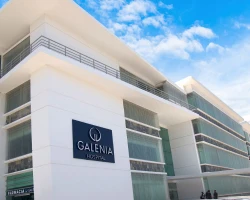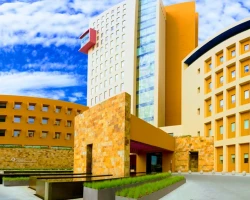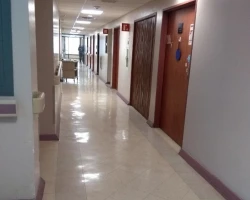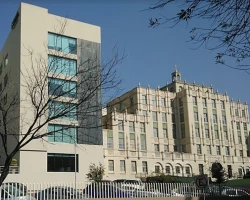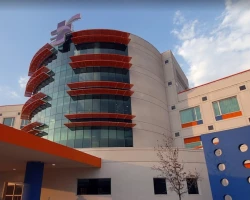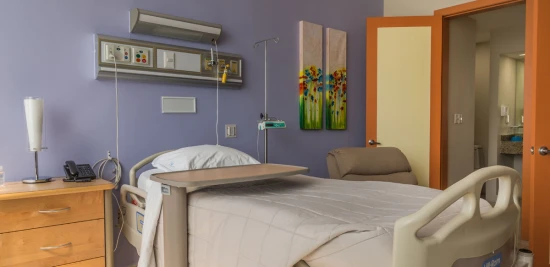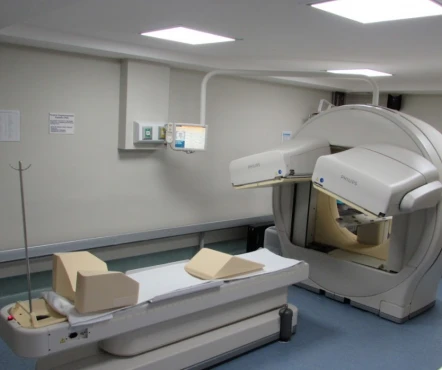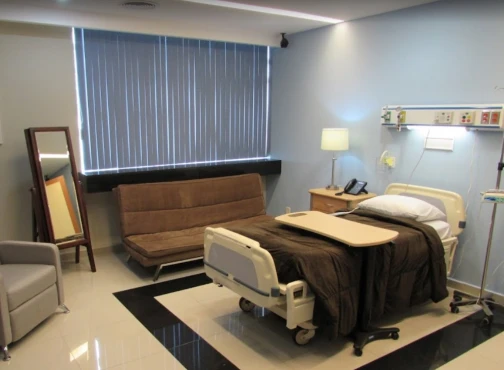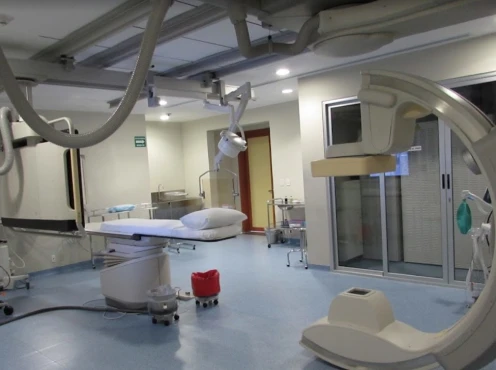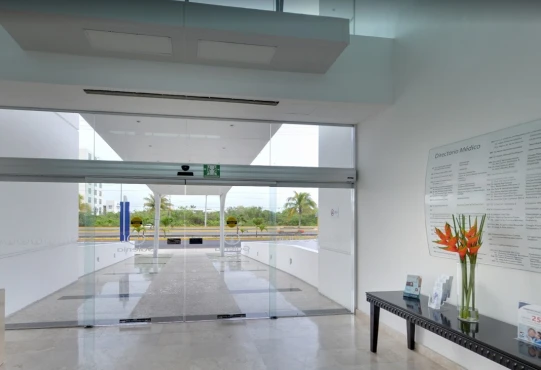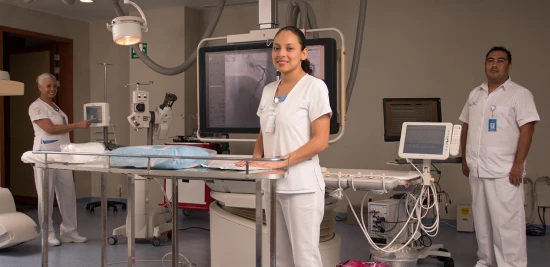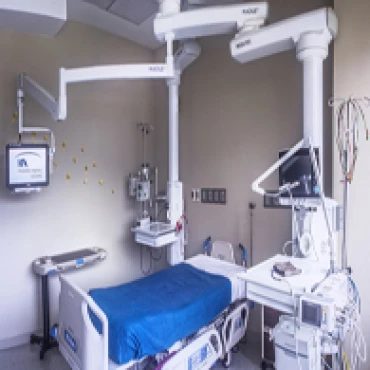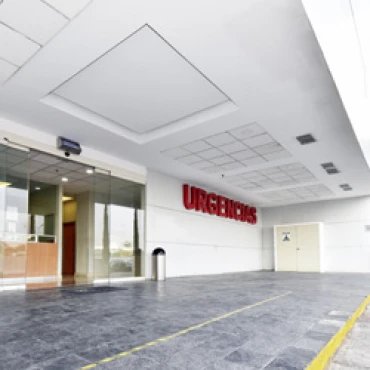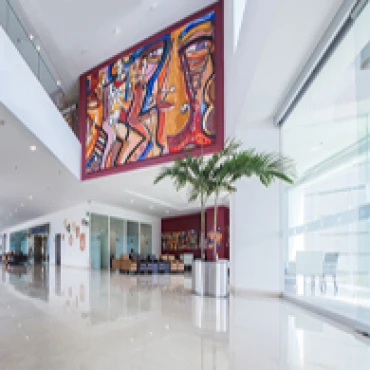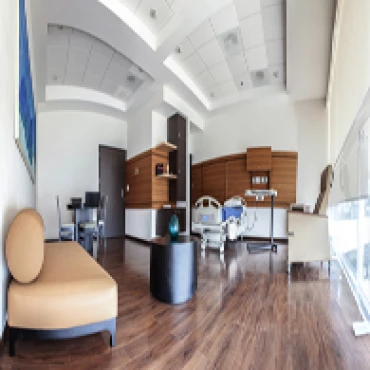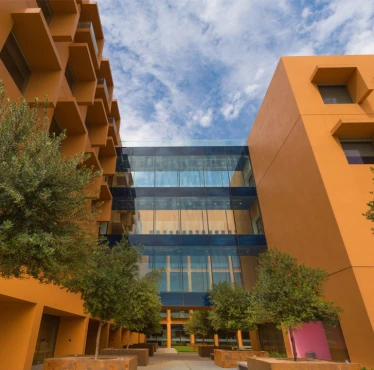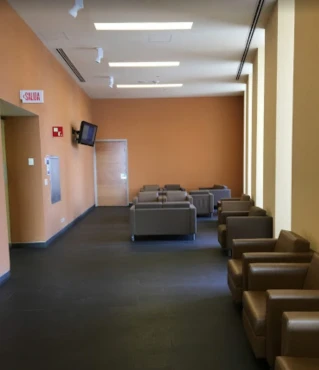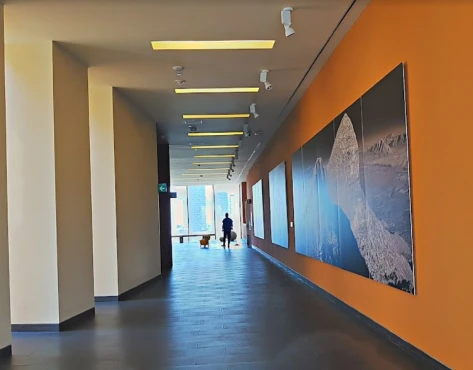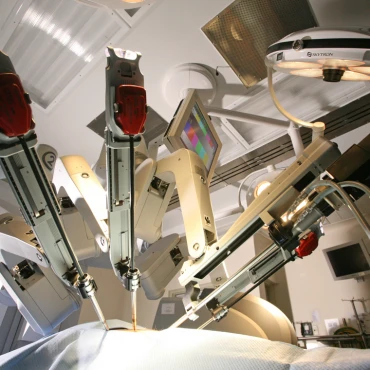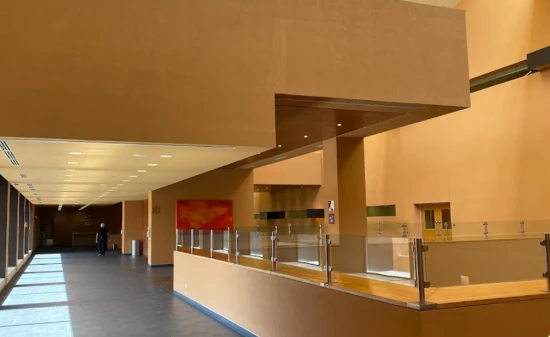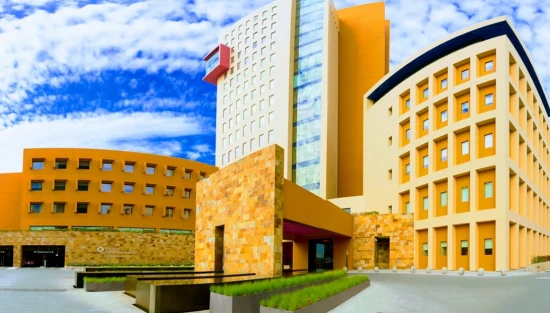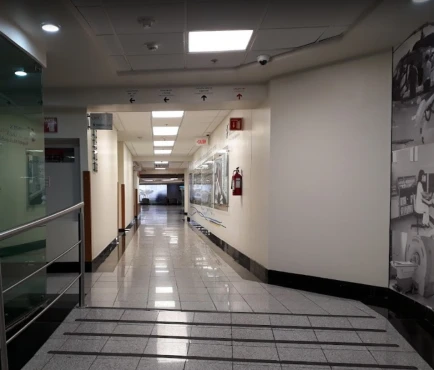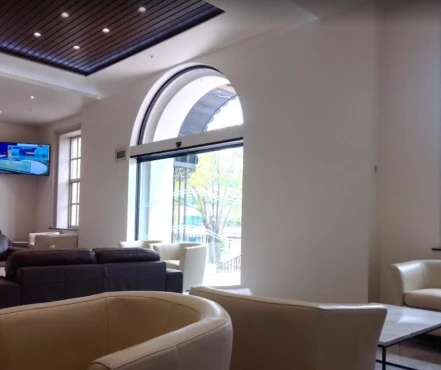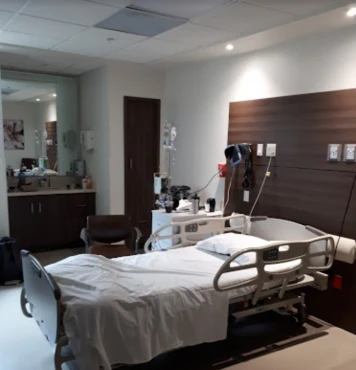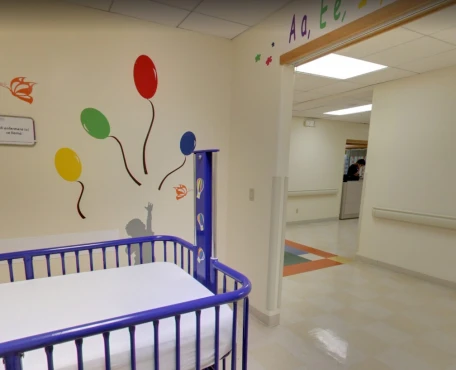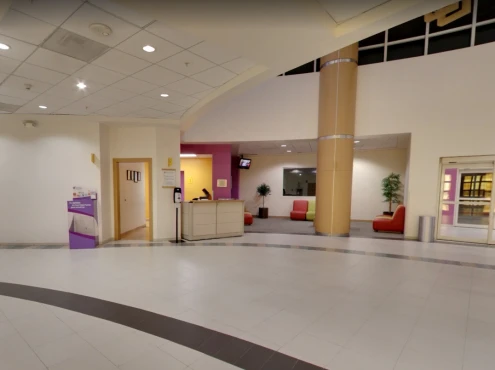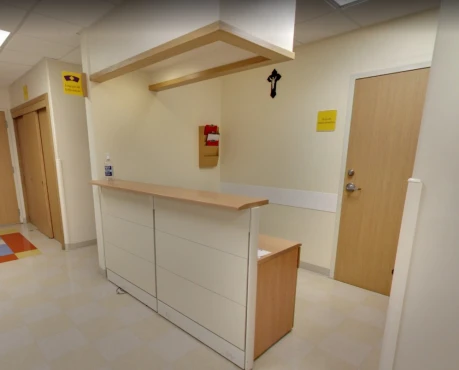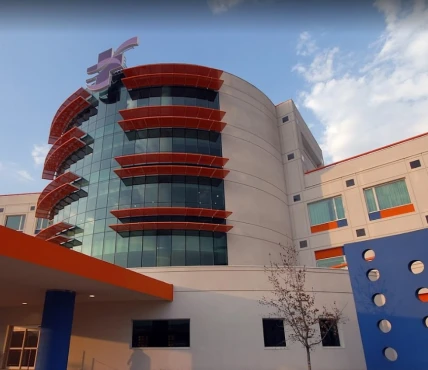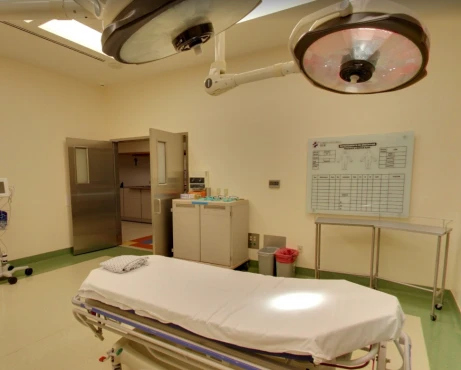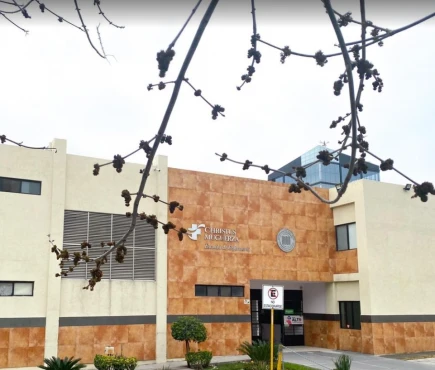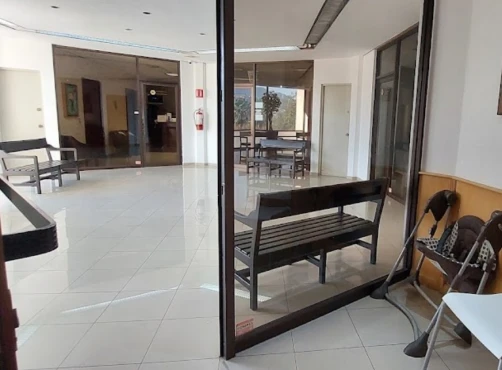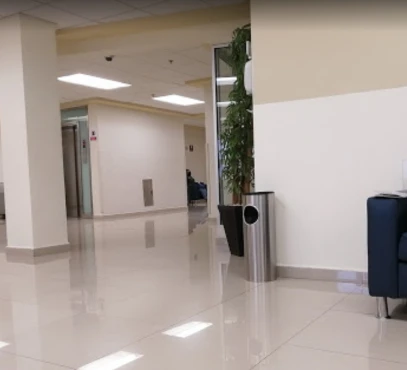from Michell Gm
December 05, 2023
If you have the opportunity to be treated at this hospital MISS IT!!
The service leaves a lot to be desired, admission, cash and public relations are extremely inefficient, they do everything wrong
No
They are empathetic with patients and do not provide solutions of any kind.
The facilities are being remodeled and they have no qualms about drilling you in the
Head at 2:00 am, they have no respect for the patients nor do they give a damn about their peace of mind and rest.
Terrible service!! In addition to their times being ridiculous to deliver an account, register and charge you: more than 8 hours and they can't do it!!!
from MIMOX ONE (mimox230)
August 22, 2023
Without a doubt, one of my worst experiences, from the hospital...everything is super neglected and mistreated, even the staff, especially the person: ROSARIO LAGOS, she is supposed to be the head of public relations, she was asked several questions and she never knew how to answer adequately. a person who does not have tact or sense to be a head of public relations, the hospital should pay more attention to the people it hires in its positions, not just out of friendship, handing over positions with great positions to people who are too big for the position….
Do not waste time and do not contract the service provided by this hospital, TAKE THE ANGELES DEL PEDREGAL HOSPITAL AS AN EXAMPLE
from Marycnso
August 01, 2023
My experience with the doctors, anesthesiologists and nurses was very human. Super nice and attentive nurses. They were always on the lookout. The doctors are very professional and explained everything to me in detail.
Those who complain about the insurance and that the income is late. You should see this with your manager, but it is normal, even upon admission, they mention that the insurance takes 4 to 6 hours to respond and this has nothing to do with the hospital.
